Philodendron Tortum- Rare
Original price was: ₹5,500.00.₹1,179.00Current price is: ₹1,179.00.
2 in stock
Size: Single Plant (SINGLE LEAF) | Free Shipping | Pot Included
Philodendron tortum is a rare or less common root climbing plant native to Colombia. Many sellers often mislabel it as Philodendron bipinnatifidum ‘Tortum’ or Philodendron polypodioides ‘Tortum’, yet it is a unique species.
It has lovely, deeply cut, or lobed, dark green leaves that resemble palm fronds. This houseplant will add a tropical vibe to your home. Also, it is air purifying and easy to care for or low maintenance. We’ve all the care and growth needs or requirements.
You have the freedom of settling for the Philodendron tortum wide form or the much-coveted narrow form. They are both magnificent.
Is it expensive? Yes. P. tortum goes for between $50 and $300, making it way more expensive than average houseplants. But it is worth every penny you invest in it.
Care needs and Growth Requirements:
1. USDA hardiness zone
The USDA hardiness zone for this aroid is 10-11. Frost will kill it. Therefore, only grow it outside all year if you are in these zones.
2. Temperature
P. tortum is a tropical plant. So, you should expect it to thrive well in warmer places with ideal temperatures of 60 to 85°F (15-29°C). But it can still grow in lower temperatures, up to 50°F, albeit slowly.
Also, to avoid stressing it, I ensure there are no drastic temperature changes, and I don’t place it near a heat source or in places with cold drafts, including air conditioning vents.
Cold drafts may cause drooping, wilting, or a burnt look. Also, the leaves will look scorched and discolored (yellow, whitish, faded, or browning). Similarly, heat stress or very high temperature isn’t good either. It will cause brown tips, edges, wilting, leaf curling, etc.
3. Humidity
These plants love humid places and grow best at 60% or more relative humidity. Luckily, they can grow fine in lower, including the average household level.
Low humidity could be the reason for the wilting, leaves curling, or brown tips and edges. So, if yours is too low, try the following:
- Misting your plant: It offers temporary relief and is ideal when humidity is not very low or fluctuates. Just put some water inside your misting bottle and spritz it a few times a day. However, ensure the water dries, especially overnight, to avoid leaf diseases.
- Pebble tray: It is a more reliable method. It involves putting your plant pot on a shallow tray with water and pebbles. But you must ensure water doesn’t reach the planter.
- Move plants to humid rooms: Bathrooms and the kitchen tend to be more humid. You should consider moving your plant to these areas if they have enough light.
- Buy a humidifier: For individuals with very low humidity, a humidifier will help. It will also ensure you are comfortable too. I use LEVOIT Humidifiers Top Fill, 6 Liter, Cool Mist since it has a large coverage of 505 ft sq, runs for up to 60 days, and has an app connectable to third-party voice assistants like Alexa and Google Assistant. However, any other cool mist brand will ok.
4. Light needs
Philodendron tortum requires bright, indirect light for 10-14 hours daily. But they can still grow well in medium light.
Very low light will slow growth and make your plant leggy. Also, it will have smaller, paler leaves. If you notice this, move your plant to a bright spot or consider buying grow lights. A brand like GE Grow Light LED Flood Light Bulb will work for one or small plants. If large, they have a tube version.
On the other hand, avoid direct sun as it will cause sunburn. Signs include brown tips, edges, and washed-out, paler, or yellowish leaves. Also, leaves may curl or droop, and the soil will dry quickly.
When indoors, I place the plant at a distance where no direct sun can reach it. But you can allow a little bit of early morning sun on my east-facing window. When I take it outside, it is always under shade. Here it will receive filtered light just like in the wild.
5. Best soil mix
The ideal soil for Philodendron tortum soil should be well-drained, aerated, and rich in organic matter. Also, ensure it is slightly acidic to neutral (pH of 6.1 to 7.3). This plant is not fussy on the potting mix and will grow well, even on sphagnum moss alone.
You can buy an aroid mix make one. I usually take 50% potting soil and add some perlite, bark chips (or coconut husks), peat moss, and compost. You can replace peat moss with coco coir. Also, warm castings can replace compost as a source of organic matter.
Some people will give you ratios. It doesn’t matter much. Just ensure it drains well. But avoid clay, heavy, or poorly drained soils. Otherwise, you may end up with root rot. Also, it should retain moisture, i.e., not dry so fast.
6. Watering
I water this plant when a few top inches feel dry. I usually stick my finger into the potting mix up to the 1st knuckle to know it’s time to water. If it feels dry, I water it; if not, I wait for a few days before feeling it again.
Alternatively, you can buy a soil moisture meter and water when the reading is on the dry side. This will be three or less for most brands, including XLUX, the most popular brand. I have good experience using it.
To me, watering is after 4-6 days in growing months and biweekly in non-growing months. But you shouldn’t follow my schedule since many factors affect water needs, including your conditions, pot size, or type.
Lastly, when watering, I saturate the soil evenly and slowly until some water flows from the potting mix. Then, I wait for 15 minutes and pour any that collects on the saucer.
7. Fertilizer
Plant foods will provide extra nutrients for fast and healthy growth; this Philo is no exception. Remember, a healthy plant resists pests and diseases better.
I feed this and all my Philodendrons with an all-purpose, balanced liquid fertilizer for houseplants. I use it at half the recommended strength monthly during the growing season.
To be specific, I use Miracle-Gro Indoor Plant Food. Why? Because it is balanced, i.e., NPK 1-1-1. It is also easy to apply, i.e., you can apply it alone or mix it with water. However, there are many other good brands, too, including NPK 20-20-20 or 10-10-10 brands
Lastly, some people prefer slow-release formula. Just ensure it is for indoor houseplants. And when using it, follow what the manufacturer recommends.
8. Pruning
It doesn’t require much pruning. All you need to do is cut any dead, damaged, or diseased leaves or parts with sterilized gardening shears. Also, you can cut a few stems back if it grows too large. Do this during early spring.
9. Repotting
Repotting is every 2-3 years or if your plant is rootbound. Check for roots growing from drainage holes or spiraling inside the pot. Other signs are yellowing or browning of leaves and stunted growth. Also, your plant may droop, be leggy, etc.
When repotting, go for a pot 2-3 inches wider in diameter than the current one.
10. Moss pole or stake
These plants are climbers. So, they will grow best if you give and train them on a moss pole, totem, trellis, etc. It doesn’t work well as a hanging plant.
Philodendron tortum propagation
Philodendron tortum propagation is by stem cutting in water or soil and air layering. Seeds are very rare. However, you can also use them if you are lucky to find them.
Air layering involves wrapping moist sphagnum moss on a node of a selected stem while still attached to the mother plant. Keep the moss moist and aerated. Once the node has long enough roots, cut it from the mother plant, and grow it in its pot.
Only logged in customers who have purchased this product may leave a review.


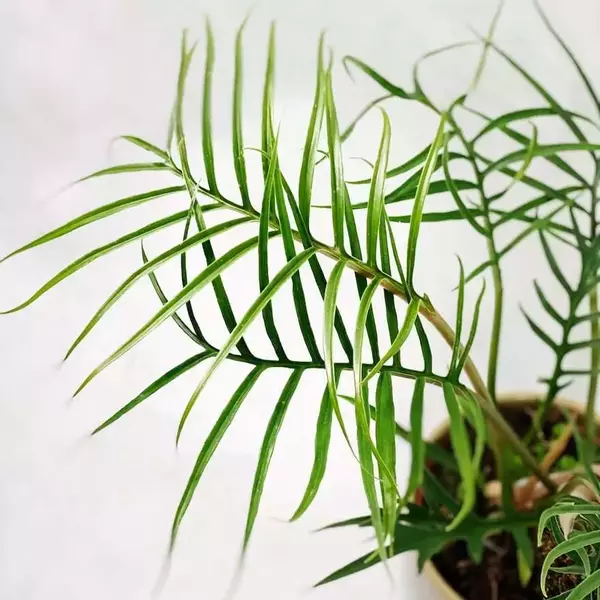
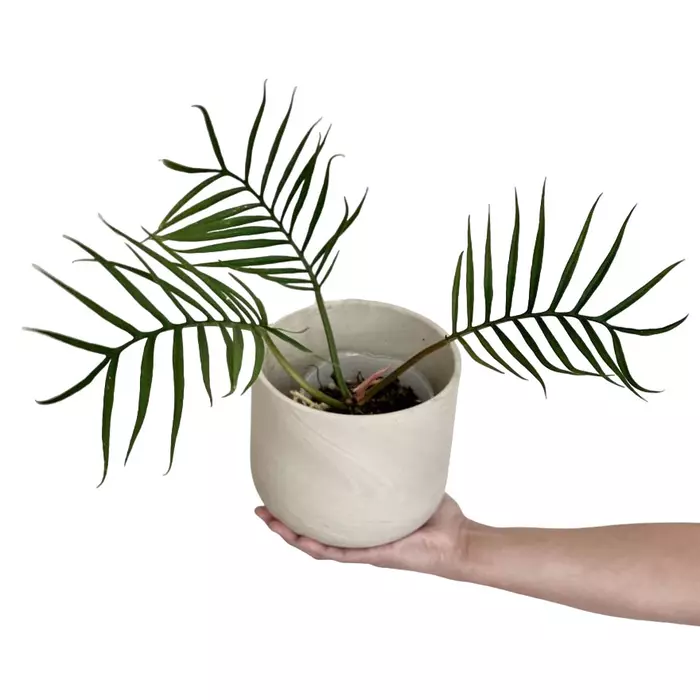
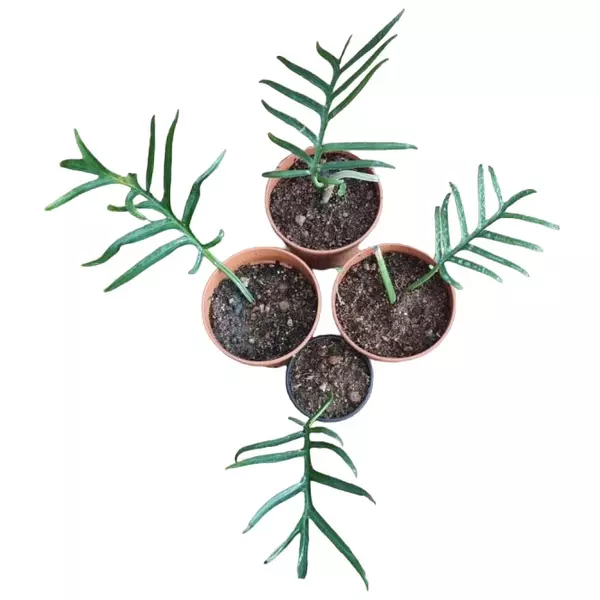
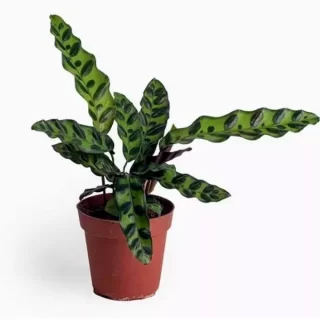
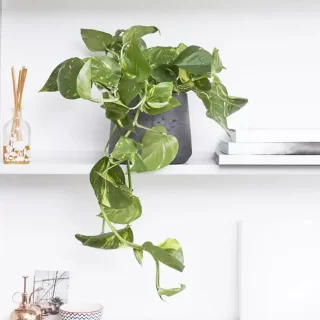
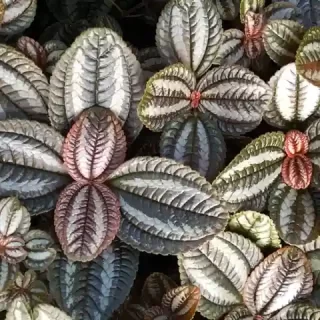
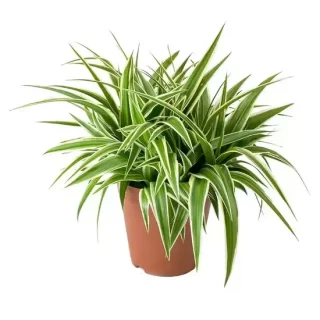
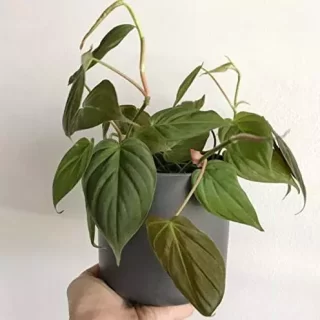
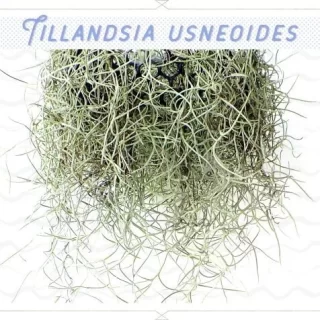
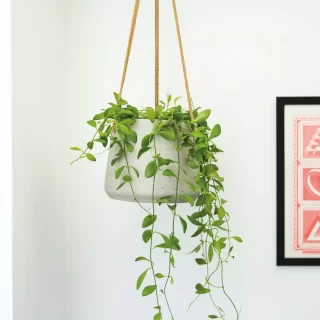
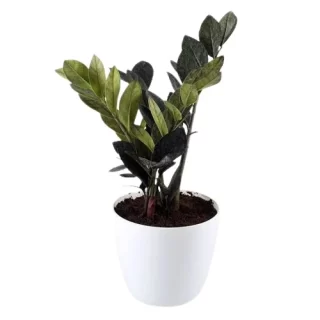
 If you need any assistance, I'm always here. Have you found what you were looking for?
If you need any assistance, I'm always here. Have you found what you were looking for?
Reviews
There are no reviews yet.